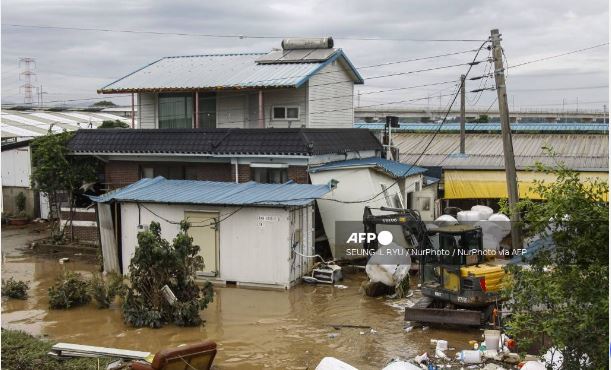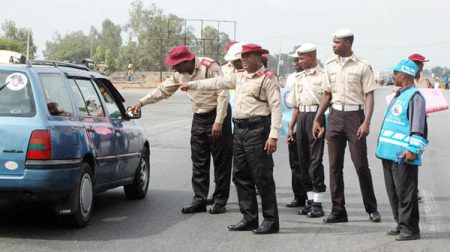Paragraph 1: The Devastating Landslide in Sancheong County
Torrential rains in South Korea triggered a devastating landslide in Sancheong County, a rural area in the southern part of the country. The landslide, which occurred on a Saturday, engulfed two houses in a village, leaving a trail of destruction and loss. Emergency responders confirmed the recovery of one body, with three individuals still missing. Among the missing were a person in their twenties and an elderly couple in their seventies. The incident prompted county officials to issue an urgent evacuation order to all 34,000 residents, urging them to seek safety immediately. This tragic event underscores the vulnerability of communities to extreme weather events, particularly in mountainous regions susceptible to landslides.
Paragraph 2: South Korea’s Monsoon Season and Record Rainfall
South Korea typically experiences its monsoon season in July, bringing substantial rainfall across the country. However, this particular week witnessed unprecedented hourly downpours in the southern regions, exceeding previous records. This unusually heavy rainfall created conditions ripe for landslides, especially in areas with steep terrain. The intensity of the rainfall overwhelmed drainage systems and saturated the soil, leading to the tragic landslide in Sancheong County. The severity of the rainfall highlighted the increasing intensity of weather patterns, likely exacerbated by climate change.
Paragraph 3: National Impact and Casualties
The heavy rains wreaked havoc across South Korea, causing widespread flooding and displacement. The Ministry of Interior and Safety reported at least four fatalities attributed to rain-related incidents, with thousands of people forced to evacuate their homes. The widespread impact of the rainfall stretched emergency services and resources, requiring a coordinated national response. The evacuations highlighted the scale of the disaster and the urgent need to provide shelter and support to those affected.
Paragraph 4: South Korea’s Disaster Preparedness and Climate Change
Despite the recurring threat of flooding during the summer monsoon, South Korea generally maintains a high level of disaster preparedness. This preparedness often results in a comparatively low number of fatalities despite the intensity of the rainfall events. However, the increasing frequency and severity of extreme weather events due to climate change are challenging even the most robust disaster management systems. The unprecedented rainfall experienced this week demonstrated the increasing need to adapt and strengthen existing infrastructure and preparedness strategies to cope with the escalating risks associated with climate change.
Paragraph 5: The Global Impact of Climate Change on Weather Events
Scientific consensus affirms that climate change is intensifying weather events worldwide, making them more frequent and extreme. The heavier rainfall, stronger typhoons, and increased frequency of heatwaves observed in recent years underscore the far-reaching consequences of a changing climate. These extreme weather events pose significant threats to human lives, infrastructure, and ecosystems. The landslide in South Korea serves as a stark reminder of the destructive potential of these events, even in developed countries with robust disaster management systems.
Paragraph 6: Reflecting on Past Disasters and the Need for Action
South Korea faced devastating rains and floods in 2022, resulting in the loss of at least eleven lives. This tragic precedent underscores the importance of learning from past events and taking proactive measures to mitigate future risks. Improving early warning systems, strengthening infrastructure, and implementing sustainable land management practices are essential steps in reducing the impact of extreme weather events. The international community must also work collaboratively to address climate change and its associated risks, recognizing the global nature of this challenge and the interconnectedness of nations in facing its consequences. The landslide in Sancheong County serves as a tragic call to action, emphasizing the urgent need for both local and global efforts to address the escalating threat of increasingly extreme weather events.














